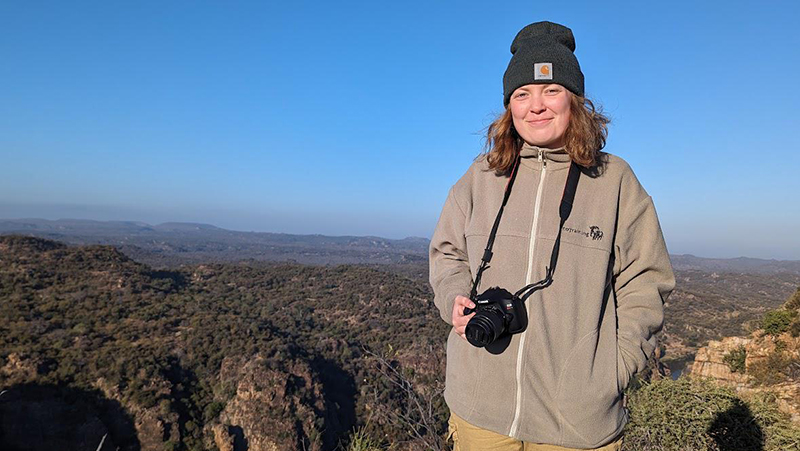
By Avery Roberts
The months leading up to the long-awaited trip to South Africa were spent in preparation. Items were crossed off the packing list, ideas were formed of all the perfect photo opportunities with my brand-new camera, and weekly meetings allowed for us to learn of the great biodiversity of Kruger National Park. It was during those meetings where our projects for the month were revealed to us. One project involved distance sampling of zebra populations and the other consisted of researching fever trees and their regeneration patterns. With that in mind, I never considered the possibility that there would be something else entirely occupying my thoughts.
While we did spend a great deal of time working with fever tree stands, measuring their height and diameter-at-breast-height (DBH), and counting fallen trees and limbs (my task), my sole focus was not on fever trees, but ana trees. This was the case for a few reasons. One being that of the two stands we plotted, the second was a mixed stand with fever trees and ana trees. Since ana trees were also dominant in those areas this meant that they must also be included in our research. Another reason being that I was assigned to write a reflection over ana trees. Before the trip, South African trees, and trees in general, were hardly on the forefront of my mind. How could they be when my whole life I had been dreaming of towers of giraffes and herds of elephants?
See more pictures and memories from Avery at https://snr.unl.edu/aboutus/what/newstory.aspx?fid=1179